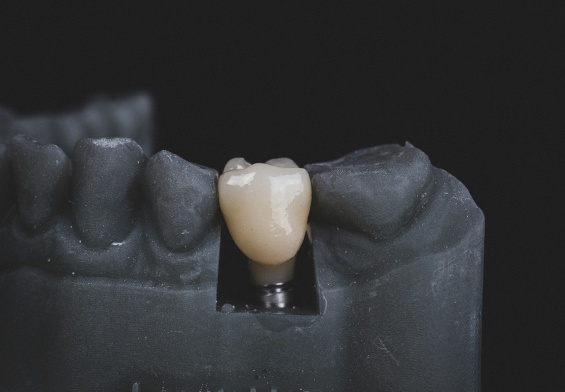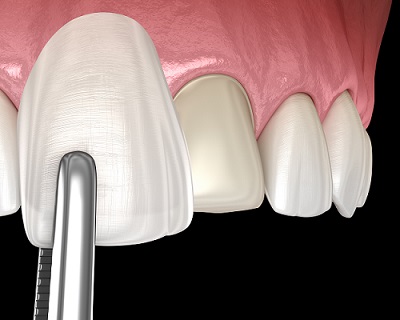The Essence of Dental Implants in Cosmetic Dentistry
Dental implants have emerged as a leading solution in cosmetic dentistry, favored for their ability to provide a permanent and natural-looking replacement for missing teeth. Unlike traditional dentures, dental implants are intricately designed to integrate with the jawbone, offering a stable and durable foundation for artificial teeth. This integration not only ensures the longevity of the implants but also preserves the jawbone’s health, preventing the bone loss often associated with tooth loss.
Categories of Dental Implants: A Closer Look
Dental implants can be broadly classified into two main categories: endosteal and subperiosteal implants. Each type caters to different patient needs, based on the condition of the jawbone and the specific requirements of the tooth replacement.
Endosteal Implants: The term ‘endosteal’ refers to implants that are placed directly into the jawbone. This category is the most commonly adopted approach in dental implantology. Endosteal implants involve the surgical insertion of titanium screws, blades, or cylinders into the jawbone, serving as a robust anchor for the artificial teeth. The process may require multiple surgical procedures, allowing for healing time between each stage. Patients often opt for endosteal implants due to their permanence and the natural feel they provide.
Subperiosteal Implants: Contrary to endosteal implants, subperiosteal implants are positioned on top of the jawbone but beneath the gum tissue. This method is particularly suitable for patients who do not have sufficient jawbone height to support endosteal implants. The metal framework of subperiosteal implants protrudes through the gums, providing a secure base for the attachment of artificial teeth.
Delving into Specific Types of Implants
Within the broad categories of endosteal and subperiosteal implants, there are specific types designed to accommodate various anatomical and aesthetic considerations:
Root Form Implants: Also known as screw-type implants, root form implants are ideal for patients with a jawbone that is both wide and deep enough to support this type of implant. The surgical procedure involves drilling into the jawbone to place the implants securely.
Plate Form Implants: Tailored for patients with narrower jawbones, plate form (or blade form) implants offer a viable alternative to root form implants. These implants are longer and flatter, allowing for secure placement in smaller jawbones. The surgical process for plate form implants involves positioning a flat piece of metal under the gums, on top of the bone, which, after healing, provides a stable foundation for the artificial teeth.
The Impact of Dental Implants on Smile Makeovers
Dental implants play a pivotal role in smile transformations, offering a solution that not only enhances the visual appeal of a smile but also contributes to overall oral health. By replacing missing teeth with implants, patients can enjoy a full, vibrant smile that closely mimics the look and feel of natural teeth. Moreover, dental implants help maintain the structure of the face, preventing the sagging and hollow appearance often associated with tooth loss.
Embracing the Future with Dental Implants
The journey towards a restored smile begins with a consultation with a cosmetic dentist, who can provide detailed insights into the most suitable type of dental implant based on individual needs. With over half a million people opting for dental implants annually, this innovative dental solution continues to gain popularity among those seeking to enhance their smile and improve their quality of life.
In conclusion, dental implants stand at the forefront of cosmetic dentistry, offering a reliable and aesthetically pleasing solution for individuals looking to overcome the challenges of missing teeth. Whether through endosteal or subperiosteal implants, patients can achieve a smile makeover that not only boosts their confidence but also preserves the health and functionality of their mouth. As the field of dentistry evolves, dental implants remain a key component in the quest for smile transformations, embodying the perfect blend of form and function.




